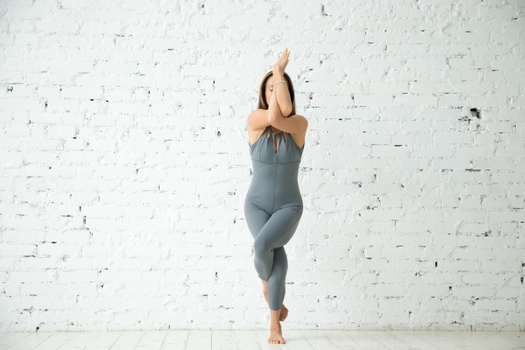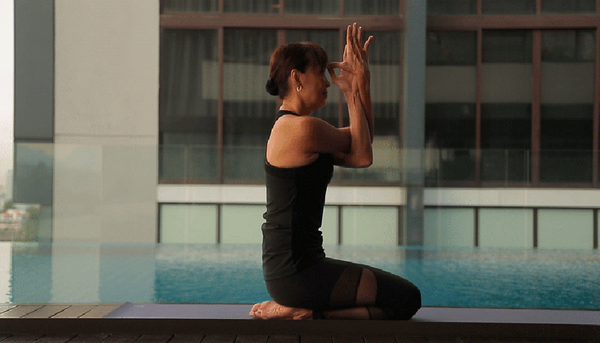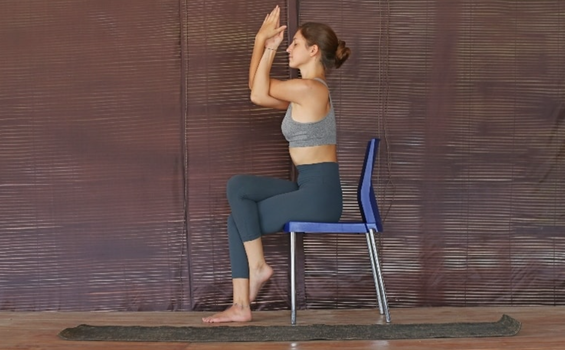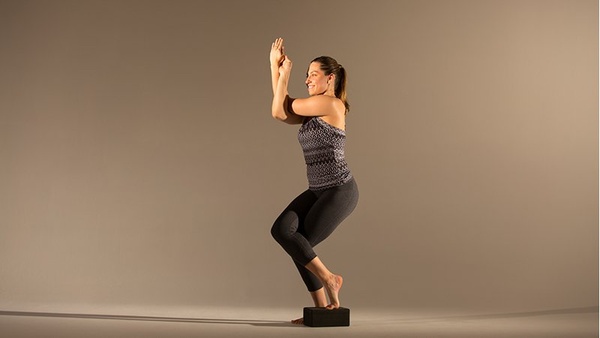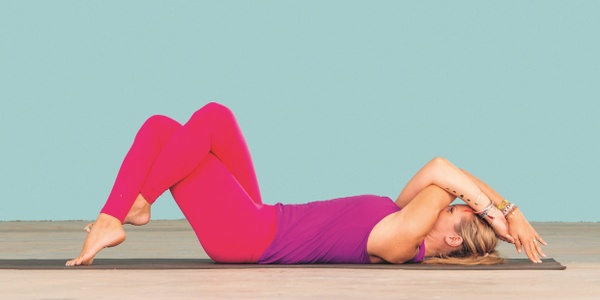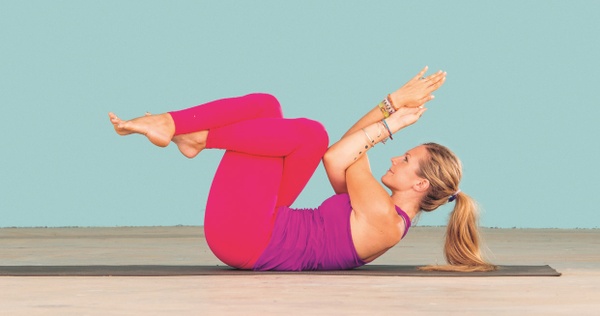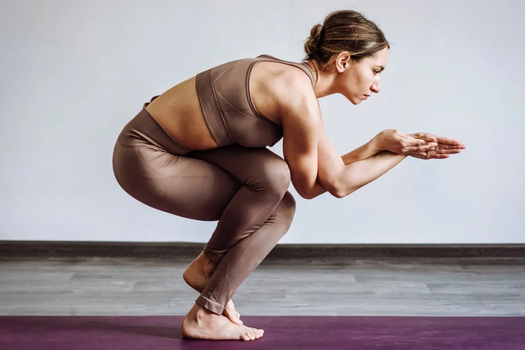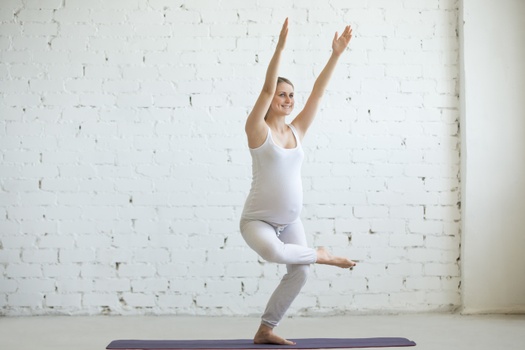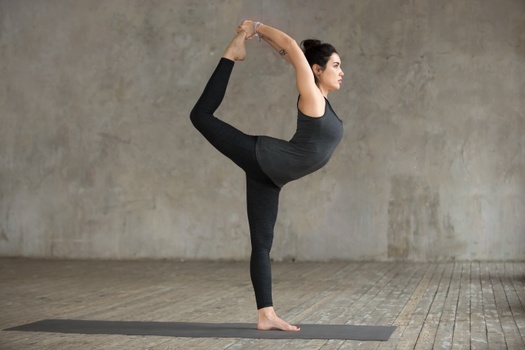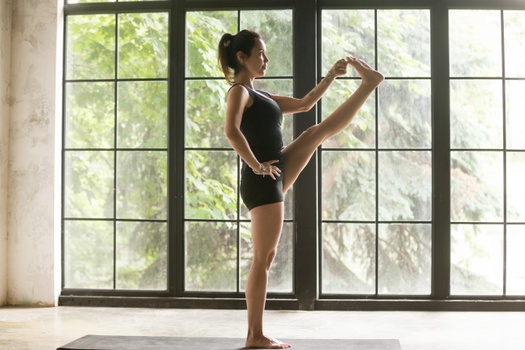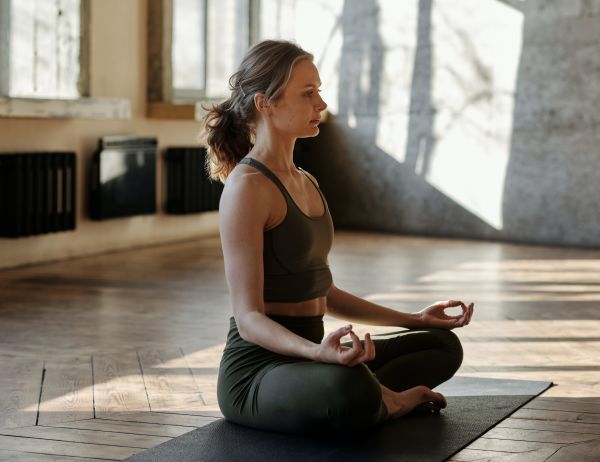Eagle Pose can be an overwhelming yoga asana to perform. That’s why we have segmented the whole practice into multiple phases, with a warm-up, steps to get in the main pose, alignment cues, and relaxation.
For beginners and intermediate yogis, we have also included some easy modifications and fun variations to try during your Garudasana practice. Let’s get started!
Part 1 - Preparatory Poses for Garudasana
The main muscles you need to activate for Eagle Pose are your arms, glutes, calves, knees, and spine. The following are some preparatory poses to warm up all the necessary body parts:
1. Tadasana (Mountain Pose) - Also known as Samasthiti, this is a fundamental standing yoga asana practiced for mild activation in the feet, spine, legs, and core.
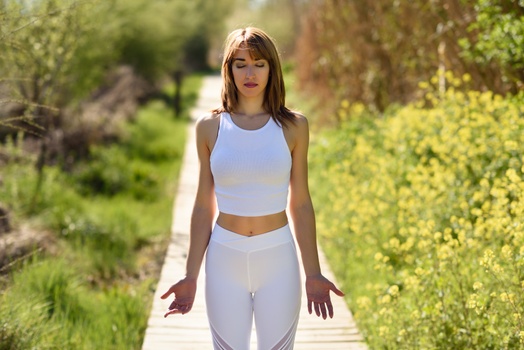
Stand straight in the center of your mat with your feet slightly hip-distant apart and parallel to each other. Keep both arms relaxed beside your torso, with both the palms facing toward the front. Hold this stance for 2 to 5 minutes with deep conscious breathing.
2. Gomukhasana (Cow Face Pose) - This is a seated cross-legged yoga asana in which the leg formation resembles a cow's face. It’s an excellent hip opener, and it helps to lengthen your spine. Start by sitting upright and cross both your legs so that your knees are stacked on top of one another.
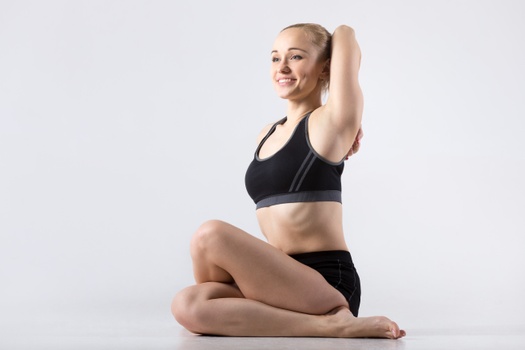
To reach your arms behind, flex one arm up from the shoulder and the other from below on the side of your oblique. Elongate your spine to open your chest, and clasp your fingers behind your back. Hold this pose for 2 to 3 minutes, then alternate the placement of your legs and arms.
3. Utkatasana (Chair Pose) - This is the foundation yoga posture for getting into Eagle Pose. Start by standing in Mountain Pose, inhale deep, and keep both legs close.
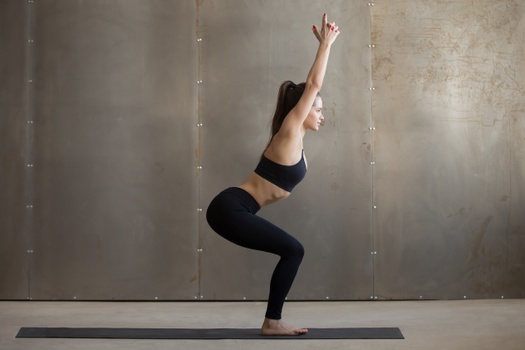
Now, exhale as you bend your knees and move your glutes at the back. Lift your arms overhead and hold this pose for 5 to 10 deep breaths. Keep repeating for 5 to 10 rounds, which will increase the blood flow in your lower body.
Part 2: Step-by-Step Instructions to Perform Garudasana
The following are steps to perform Garudasana or Eagle pose:
Step 1- Stand straight in Tadasana and take a few deep breaths, making sure to relax your body.
Step 2- Inhale, place both hands on your waist and engage your core muscles. Slightly bend your knees and lift your right foot off the mat.
Step 3- Now, wrap your right leg on your left leg and curl your right foot over your left calf muscle to lock your legs completely.
Step 4- Exhale and lower your glutes towards the ground, like you are doing a narrow squat.
Step 5- When you feel comfortable, raise both your arms to chest level and bend them from your elbows.
Step 6- Keep breathing gently as you wrap your left elbow over your right forearm and interlock your arms by clasping both palms together.
Step 7- Focus on your breath and your gaze to hold this formation here for the next 5 to 10 deep breaths.
Step 8- Exhale as you release your locked legs and arms. Stand straight for your blood to circulate back and then repeat the same on the other side.
Breath Awareness:
Inhale - When you engage your core and lift any one foot off the mat.
Exhale - As you lower down after interlocking, and when you finally release the pose.
Performance Duration for Beginners: Hold Eagle Pose for 5 to 10 deep breaths on each side.
Performance Duration for Advanced: Hold Eagle Pose for 60 to 90 seconds on each side.
Part 3: Things to Keep in Mind
The following are some alignment cues that are essential for the safe execution of Eagle Pose:
Engage the core: When the core muscles are loose, you’ll have a higher chance of becoming imbalanced and getting injured. Make sure your core muscles are super tight while balancing your entire body on one leg.
Once you have built a stable foundation with your core strength, engage your ankles, lower back, shoulders, and arms. This will help you hold the pose longer.
Focus your gaze: Eagles not only have the sharpest eyesight in the whole animal kingdom but they are also estimated to have 4 to 8 times better sight than humans.
This is because eagles are very well-focused, and you have to mimic the same kind of intense concentration to maintain your posture balance.
All balancing yoga poses are best performed with a focused Drishti (Gaze).
In Eagle Pose, your gaze must be focused on the tip of your thumbs, but if this is not possible for some reason, then try to focus your eyes on one point and only at that point until the practice is over.
Part 4: Relaxing Poses After Garudasana
Practice the below counter yoga poses after Eagle Pose to keep the energy flowing and to release any remaining muscle tension.
1. Uttanasana (Standing Forward Bend Pose) - After a long session of Eagle Pose, your spine will need some attention. Start by gently bending your upper body from the torso and reaching for your toes.
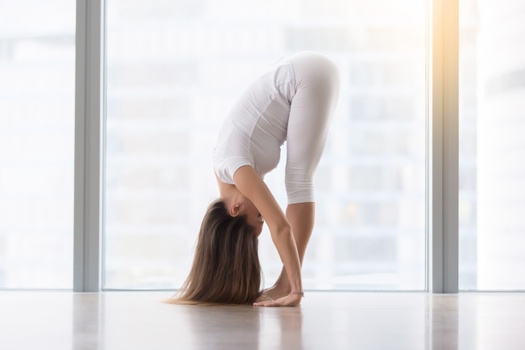
This is a full-body stretch, but you will feel a counter stretch in your lower back and hamstrings, providing a soothing sense of release. Hold this pose here for 1 to 2 minutes. This forward bend helps the blood flow back into your head, arms, and shoulders, energizing them again.
2. Prasarita Padottanasana (Wide-Legged Standing Forward Bend) - From the forward bend pose, widen your legs to more than hip-width apart and perform the same bending action.
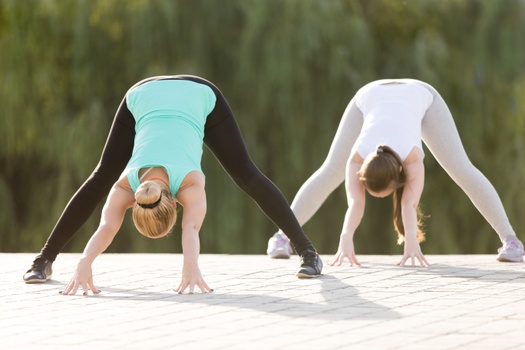
Place your hands on the floor and breathe deeply as you hold this pose for a few minutes. This will help you relax your mid-back, neck, and legs even deeper.
3. Malasana (Garland Pose) - Get into this deep yogi squat to release any leftover tension in your ankles, tailbone, thighs, knees, and pelvic floor. From the wide-legged pose, continue to exhale and pull your glutes close to the ground in a deep squat position.
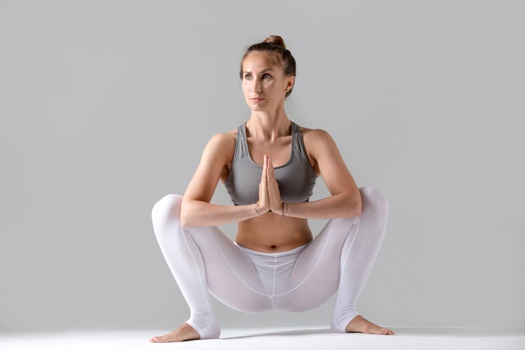
Place your arms close to your chest in prayer formation and make sure your thighs are pointing out with the resistance of your arms. Hold this pose and breathe deeply until your whole body feels relaxed.
